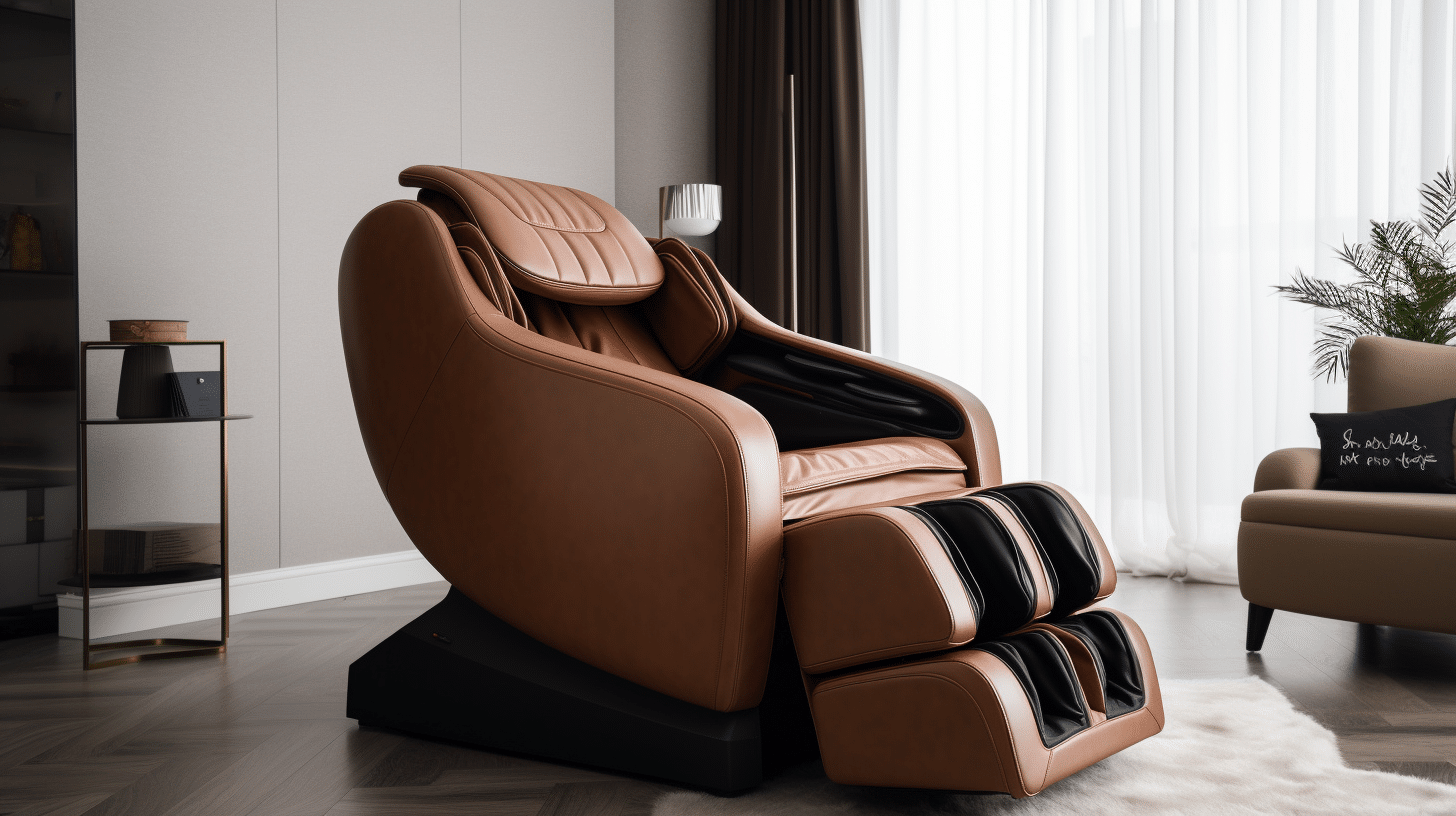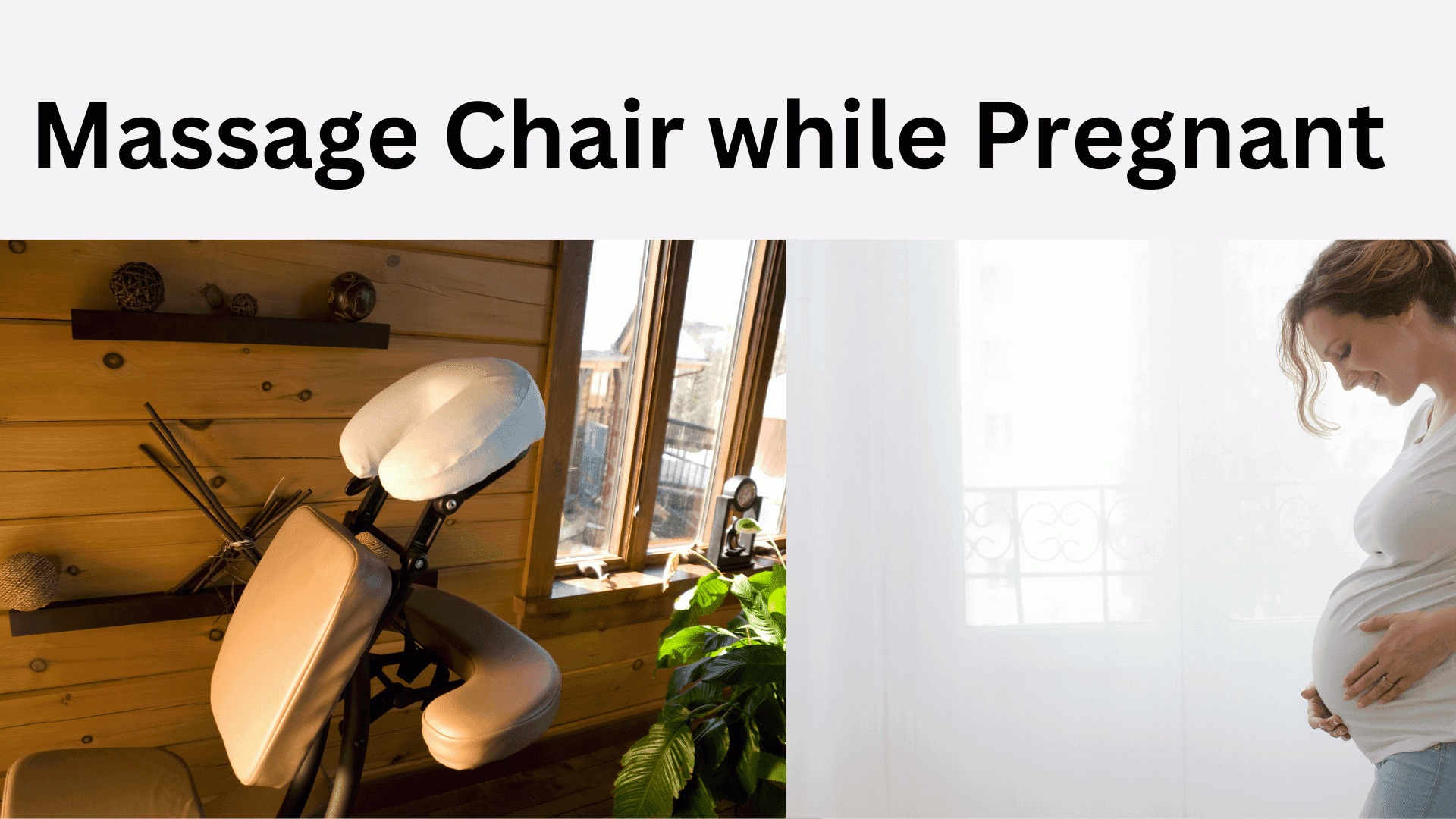Types of Massage Chairs and Their Suitability for Pregnancy: Can You Use A Massage Chair While Pregnant

So, you’re expecting and craving a massage? Forget those awkward, pretzel-like positions on the floor – let’s talk massage chairs! But not all massage chairs are created equal, especially when you’ve got a little someone growing inside. Some are better suited for pregnancy than others, and choosing the right one can make all the difference between blissful relaxation and a backache that could rival Mount Everest.
Massage Chair Mechanisms and Pregnancy Suitability
Massage chairs employ various mechanisms to soothe those aching muscles. The main contenders are shiatsu, roller, and air compression massage. Shiatsu, with its targeted finger-pressure-like action, can be intense, and some pregnant women might find it too much, especially in later stages of pregnancy. Roller massage, with its kneading and rolling motions, is generally gentler and more adaptable, making it a better choice. Air compression massage, using inflatable bladders to gently squeeze and release different body parts, offers a customizable and often less intense experience, making it a good option for those who prefer a lighter touch. The key is finding a chair that allows you to adjust the intensity and pressure to suit your changing body and comfort levels.
Features to Prioritize and Avoid During Pregnancy
Choosing a massage chair during pregnancy requires careful consideration. Prioritize features that promote comfort and support your growing belly. Look for chairs with adjustable lumbar support, allowing you to customize the chair to your changing shape and relieving pressure on your back. Heat therapy can be incredibly soothing for muscle aches and pains, so a chair with a heating function is a bonus. However, avoid features that might put excessive pressure on your abdomen or restrict blood flow. Intense vibrations or aggressive massage techniques should be avoided. Overly intense shiatsu massage, for example, is a no-go. Remember, the goal is relaxation, not a wrestling match with your massage chair.
Beneficial and Detrimental Features: Examples
Let’s look at some specific examples. A chair with adjustable intensity settings lets you control the pressure, crucial during pregnancy as your body changes. Imagine a chair with targeted back massage, gently kneading away the tension in your lower back—bliss! On the other hand, a chair with a forceful, vibrating foot massage might feel too intense and uncomfortable, especially as your feet and ankles swell. Think of it this way: a gentle breeze is pleasant; a hurricane, not so much.
Choosing a Massage Chair for Pregnant Women: A Guide
Choosing the right massage chair for pregnancy isn’t rocket science, but it does require some smart decision-making. Here’s a guide to help you navigate the world of massage chairs:
- Adjustable Lumbar Support: Crucial for supporting your growing belly and relieving back pain.
- Multiple Massage Modes: Allows you to select a gentle massage type that suits your comfort level.
- Adjustable Intensity Settings: Lets you control the pressure and avoid discomfort.
- Heat Therapy Option: Provides soothing warmth to relax tense muscles.
- Comfortable and Spacious Seat: Accommodates your growing belly and allows for comfortable seating.
- Easy-to-Use Controls: Simple operation is essential, especially when you might be feeling tired.
- Avoid Intense Vibrations or Aggressive Massage Techniques: Prioritize gentle and relaxing options.
Remember, consulting your doctor before using any massage chair during pregnancy is always a good idea. They can provide personalized advice based on your specific health condition.
Alternative Relaxation Techniques for Pregnant Women

Pregnancy can be a rollercoaster of emotions and physical changes. While a massage chair might seem like a convenient relaxation option, it’s not the only way to unwind and alleviate those pregnancy woes. Let’s explore some fantastic alternatives that are both safe and effective during this special time.
Prenatal Yoga, Meditation, and Stretching offer a holistic approach to relaxation, addressing both the physical and mental demands of pregnancy. These methods provide a gentler, more adaptable approach than a massage chair, especially considering the ever-shifting center of gravity and fluctuating hormone levels.
Prenatal Yoga
Prenatal yoga adapts traditional yoga poses to accommodate the changes a pregnant body undergoes. Expect gentle stretches, breathing exercises, and poses designed to improve flexibility, strength, and reduce stress. Imagine a graceful swan dive, but instead of water, it’s a wave of calm washing over you. The focus is on mindful movement, connecting breath to movement, and fostering a sense of body awareness. Poses often focus on opening the hips, strengthening the core (in a safe, pregnancy-appropriate way, of course!), and promoting relaxation. The benefits include improved sleep, reduced back pain, and a greater sense of connection with your growing baby. Think of it as a spa day, but you’re the only client, and the view is spectacular (your baby!).
Meditation for Pregnant Women, Can you use a massage chair while pregnant
Meditation, even just a few minutes a day, can be incredibly beneficial during pregnancy. It’s about finding a quiet space, focusing on your breath, and letting go of anxieties. Visualizations, such as picturing a peaceful scene or focusing on the feeling of your baby moving, can enhance the experience. The benefits are numerous: reduced stress and anxiety, improved sleep, and a stronger connection with your baby. It’s like giving your mind a mini-vacation – a much-needed escape from the hormonal whirlwind. Regular practice can even help manage pain and improve your overall mood.
Stretching Exercises for Pregnancy
Simple stretching exercises, tailored for pregnancy, can ease common discomforts like back pain, leg cramps, and stiffness. These stretches often focus on the hips, back, and legs, gently lengthening muscles and improving circulation. Think of it as a gentle wake-up call for your muscles, promoting flexibility and easing tension. Examples include pelvic tilts, cat-cow stretches, and gentle hamstring stretches. It’s crucial to avoid overstretching and to listen to your body. This gentle approach is a fantastic way to maintain mobility and alleviate aches and pains without the pressure or potential discomfort of a massage chair.
Comparison of Relaxation Methods
The following table compares the effectiveness of these methods with massage chairs in relieving pregnancy-related discomfort:
| Method | Benefits | Drawbacks | Trimester Suitability |
|---|---|---|---|
| Massage Chair | Can relieve back pain and muscle tension. Convenient at home. | May not be suitable for all stages of pregnancy. Pressure points may be uncomfortable. Potential for overheating. | First and second trimester (with caution and proper settings). Avoid in third trimester. |
| Prenatal Yoga | Improves flexibility, strength, reduces stress, improves sleep. | Requires some level of fitness and flexibility. May not be suitable for those with certain medical conditions. Requires finding a qualified instructor. | All trimesters (modified poses as needed). |
| Meditation | Reduces stress and anxiety, improves sleep, enhances mind-body connection. | Requires dedicated time and practice. May be challenging for those with difficulty focusing. | All trimesters. |
| Stretching | Relieves muscle tension, improves circulation, enhances flexibility. | Requires proper guidance to avoid injury. May not be effective for severe pain. | All trimesters (modified stretches as needed). |
